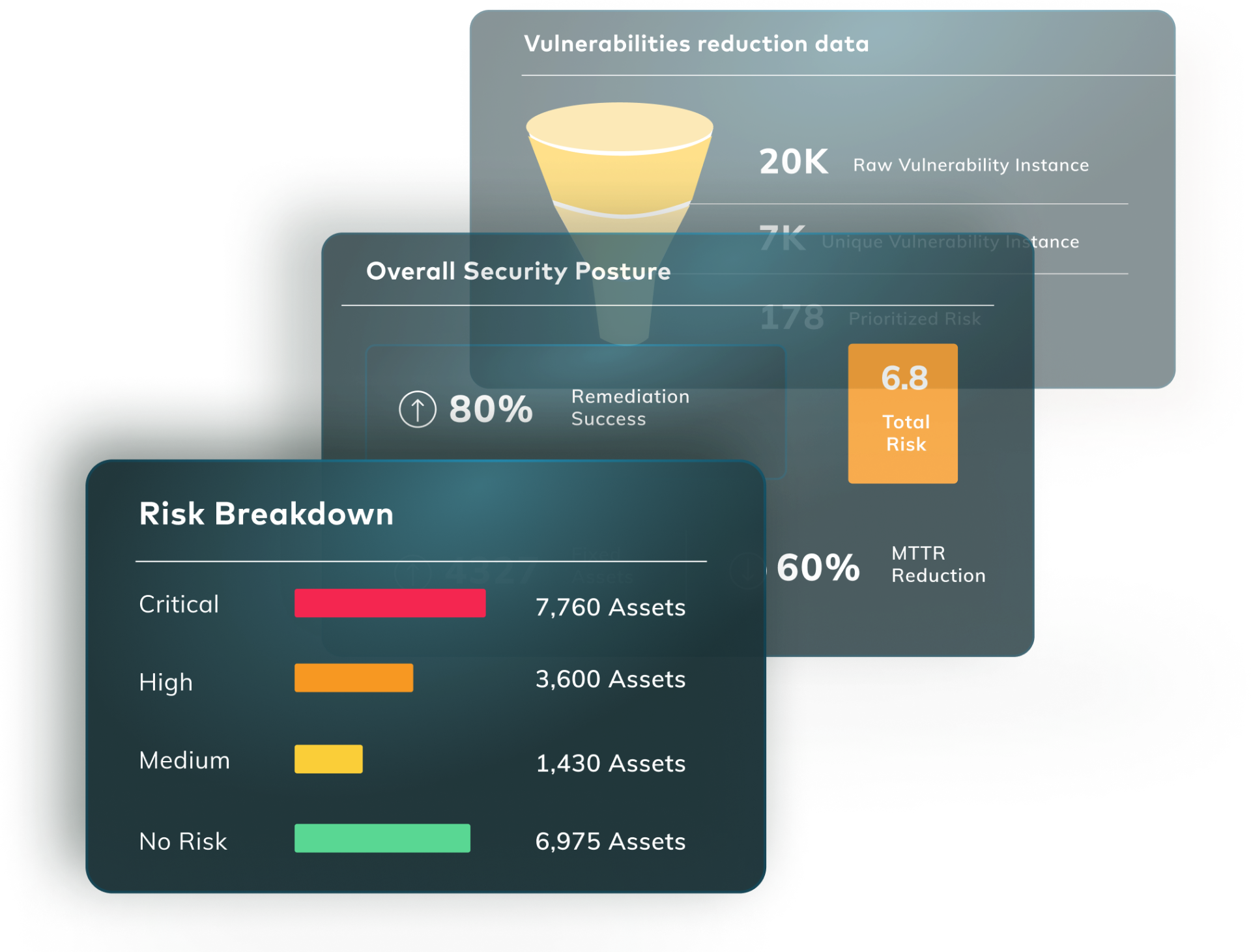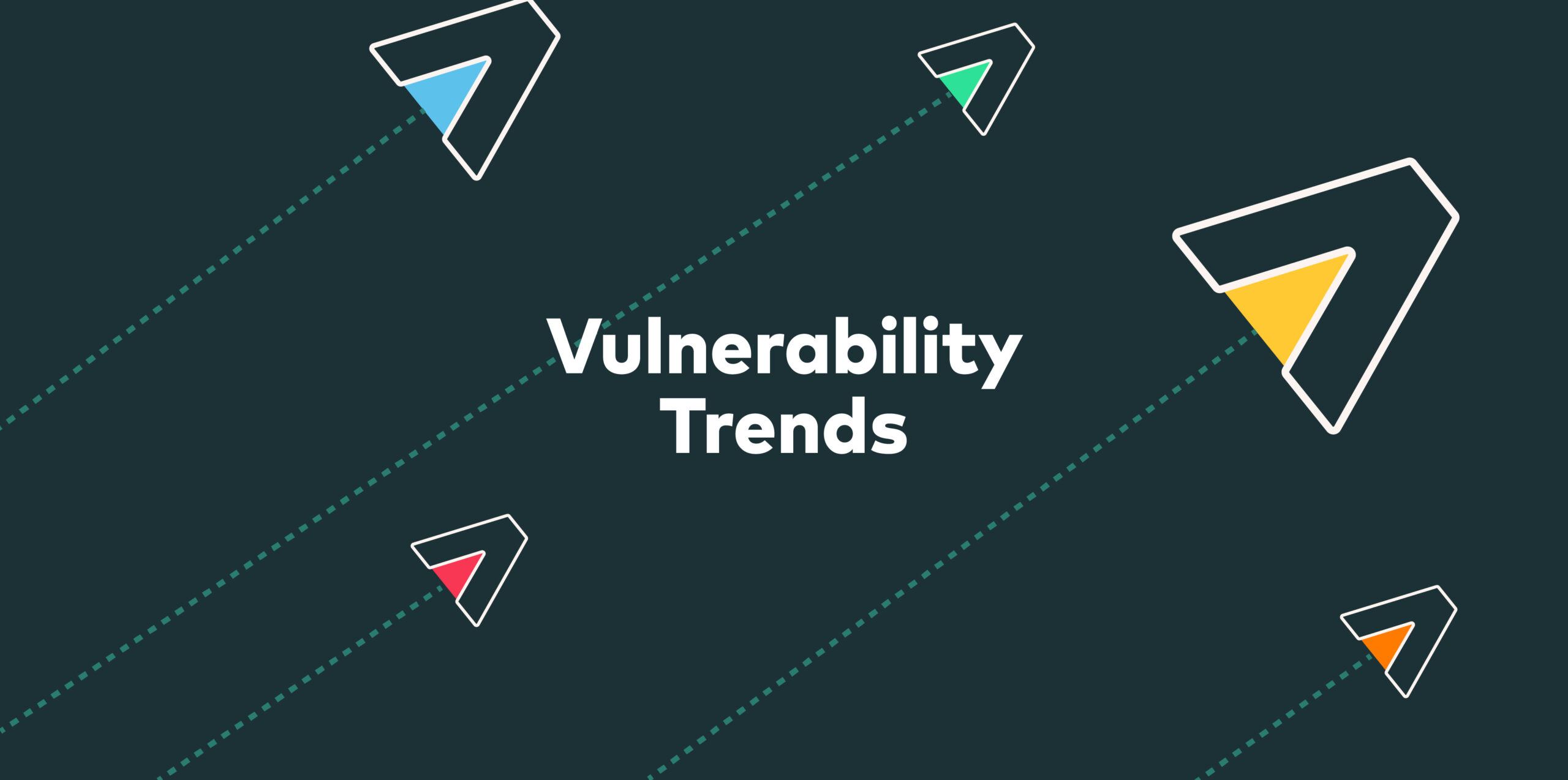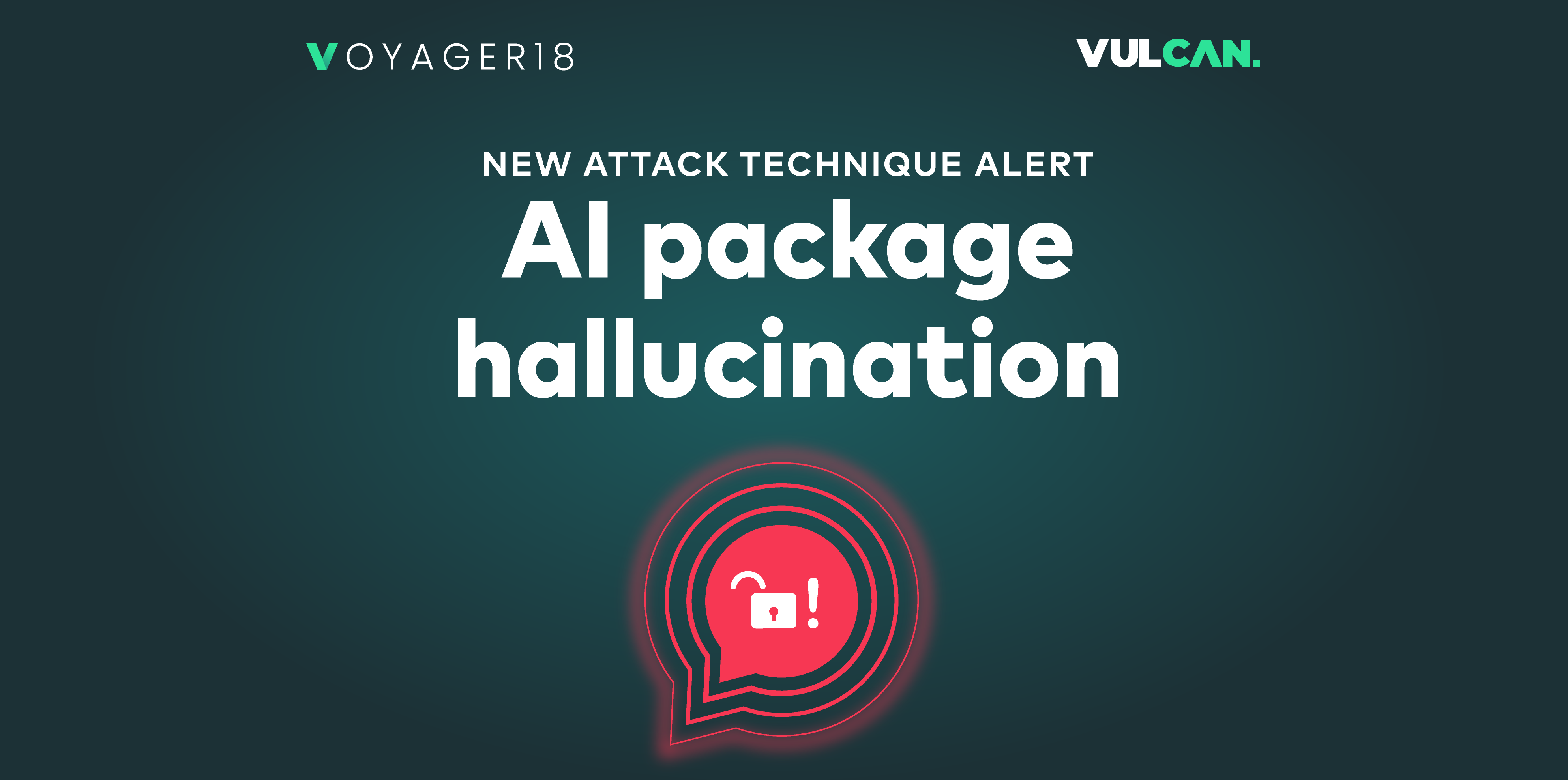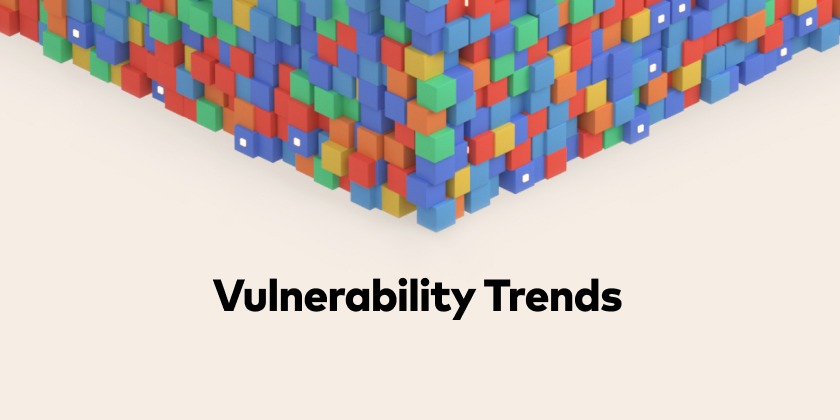Collaborative security plays a crucial role in vulnerability remediation. Effective communication and cooperation enables your teams to accurately identify threats, agree on a resolution strategy, and quickly deploy fixes to your customers.
Unfortunately, the importance of collaborative security is often overlooked when planning responses. Poor collaboration makes it harder to address risks, because individual developers, operators, and security team members can lack the expertise to solve them independently. Improving collaboration lets everyone contribute by providing access to information and support when it’s needed.
In this article, we’ll explore seven steps for maximizing collaborative security as you mitigate vulnerabilities.
1. Break down knowledge silos
Many organizations approach security as a specialty assigned exclusively to a small group of individuals. Only those people are equipped to identify and resolve vulnerabilities. When they’re unavailable, the mitigation process stops working too.
Breaking down knowledge silos empowers everyone to contribute to security. To encourage collaboration, document your organization’s accumulated security knowledge using wikis, vulnerability databases, and centralized manuals and playbooks.
By increasing security awareness and breaking down silos, you’ll create more opportunities to triage threats. Anyone on any team will be able to assess a vulnerability using your standardized procedures—without waiting for security specialists to step in.
2. Agree on prioritization for security threats
Lack of context regarding prioritization of threats is a persistent barrier to collaboration on security tasks. Development, security, and operations teams often disagree about the relative importance of different risks. When it’s unclear why a particular issue is a higher priority, this can lead to frustration and confusion among teams.
Establishing a clear prioritization framework helps teams understand different threat classifications. Positioning this framework centrally within your security knowledge base ensures it is accessible to all stakeholders. Anyone can use the framework to assign priorities to new threats and identify the most relevant vulnerabilities to resolve.
However you prioritize threats, your framework should be based on the overall risk to your organization. Teams can disagree among themselves, but the framework should take a high-level view and focus on the potential impact of different vulnerabilities across your entire organization. A threat that affects production environments or occurs in a high-value product might be higher priority than one that affects only internal tools, for example—even if the internal problem would be easier to exploit.
3. Implement automated systems for threat detection and response
Security is daunting, particularly for engineers who aren’t specialized in spotting and resolving risks. Using automated tools helps you more efficiently identify and mitigate threats as they’re introduced into your systems, while avoiding false positives and alert fatigue.
Dedicated risk management platforms can assign priorities to vulnerabilities, apply recommended remediation actions, and track risk trends over time. Managing your threat response in one place provides more actionable insights that enable more informed decision-making. Developers and engineers can then focus on solving problems, instead of administering the risk lifecycle.
Automation also ensures vulnerabilities actually get resolved, rather than sitting in a triage queue. Timely prompts that suggest one-click actions to developers remove uncertainty around how to respond to newly detected threats.
4. Ensure consistent communication
Poor communication makes it easier for vulnerabilities to persist. According to a Kaspersky report, 62% of high-level managers have experienced a cyber-security incident due to communication issues within and between their IT teams.
The modern security lexicon is dynamic, with new terms constantly being added. This means different teams may refer to the same concepts using different jargon. But communicating with a shared vocabulary makes sure everyone is aligned.
Maintain a security glossary as part of your knowledge base to standardize potentially confusing terms. Including real-life examples with descriptions of how specific terms relate to each other prevents misinterpretations.
Teams also need to understand incident severities, appropriate responses, and where to turn when a risk is elevated or support is required. Ensuring good communication between teams allows for better troubleshooting and easier resolution of issues.
5. Make security accessible
Siloed security teams prevent developers and operators from accessing the quick security guidance they need. Having dedicated communication channels helps to break down these silos, making it easier for developers to report vulnerabilities and request improvements to security processes.
Developers also benefit from security being integrated into the platforms they work with. Automated CI/CD pipeline scans, one-click remediation suggestions, and alerts in chat applications like Slack all help them stay productive, requiring fewer context switches.
With improved access to security teams and expanded self-service capabilities, everyone on the team becomes more productive—developers can keep moving forward, while security experts can address only the most significant issues.
6. Shift security left
While “shift left” has become a security buzzword, the message is important: Planning for security from the outset helps to better manage risks.
Incorporating security into your development plans creates visibility across the organization into the standards required for implementation and your expected attack surface. This helps to better integrate security into your product and your team’s day-to-day work, becoming an embedded component that is planned preemptively, rather than reactively. Inviting developers to contribute to your organization’s threat management strategy gives them a vested interest in security and greater awareness of the threats you face.
With 43% of security professionals feeling “somewhat” or “very” unprepared for the future, it’s imperative teams take action to address their security concerns. Shifting left encourages early planning of security responses using holistic methods, making it more likely to find and fix vulnerabilities before they cause an incident.
7. Provide security training in a blame-free atmosphere
The security landscape is constantly changing, with new vulnerabilities surfacing and best practices being adjusted in accordance. Because few developers have a background in security, keeping up to date with evolving threats and standards can be challenging.
Regularly providing training in a “safe,” penalty-free environment promotes collaboration and ensures everyone is working from the same baseline when identifying and fixing threats. Different teams can collaborate more efficiently on security when there’s a shared understanding of the attack surface. Keeping up to date also prevents the tension that arises when one team believes another should have anticipated a problem, despite never having been trained to detect it.
While 88% of data breaches are caused by human error, blaming others is counterproductive: Employees will be less likely to seek help when issues arise for fear of repercussions for their mistakes. When security is approached from a blame-free viewpoint, there’s no embarrassment about introducing a vulnerability—or failing to resolve one.
Reducing the pressure on developers and providing awareness training fosters collaboration, making members of different teams more likely to contribute to the vulnerability detection and reporting process.
This culture of shared understanding upholds and improves long-term security standards by keeping all teams informed of changes in the threat landscape.
Effective collaboration strengthens security responses
Collaboration is a crucial component of every successful security strategy. Vulnerability remediation is a complex process involving multiple tools and teams. A strong collaborative security framework allows for more efficient threat detection and mitigation by empowering everyone to contribute.
Breaking down knowledge silos, agreeing on consistent threat priorities, using automation, and shifting security left produces informed development teams that are better equipped to find and prevent threats—and developers who are well-versed in collaboration. Security is constantly evolving, so it’s also important to open communication channels and provide opportunities to upskill. Ongoing training helps teams maintain an acceptable level of risk over time.
Automate collaborative security and communication across your organization to mitigate risk faster and more effectively. Through simple playbooks and integration with your existing operations tools—Slack, Jira, and Microsoft Teams—Vulcan Cyber® helps you keep on top of your risk lifecycle management while ensuring everyone’s on the same page. Request a demo today, and start owning your risk.














